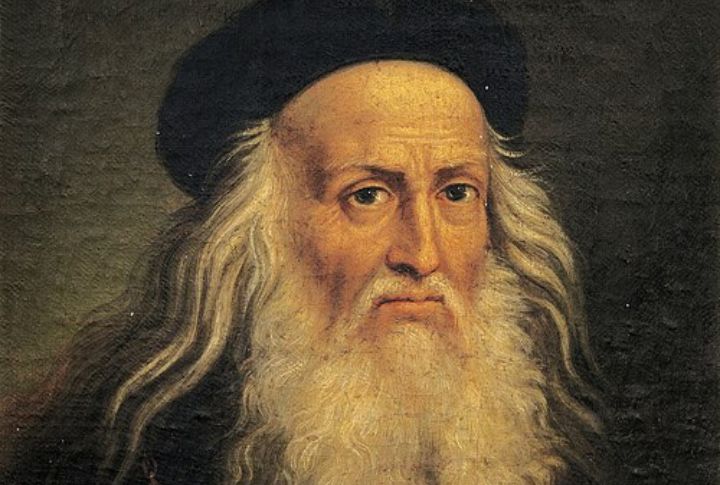
Leonardo da Vinci asked questions most people never thought to ask. He drew what he saw, but also what he imagined could exist one day. Not every prediction held up, yet some captured truths that surfaced long after his lifetime. Let’s highlight 10 of his forecasts that once seemed strange but later proved correct.
War Tank
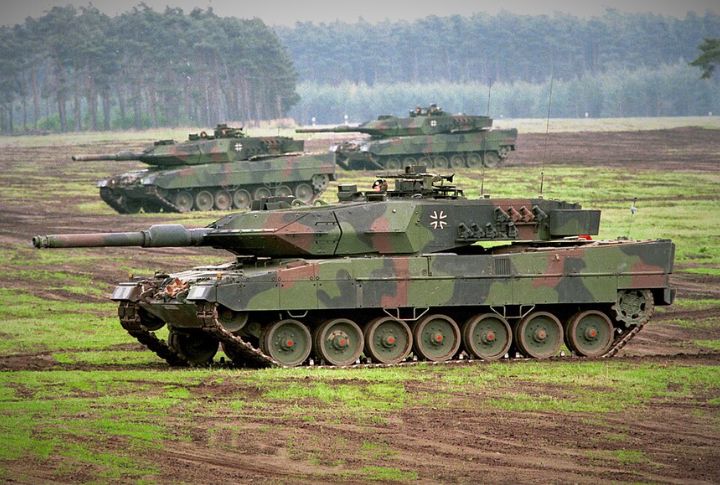
While working for Duke Ludovico Sforza, Da Vinci reimagined the battlefield. He sketched a menacing armored vehicle shaped like a turtle’s shell, bristling with light cannons. Its conical body was also designed to deflect incoming fire. Although impossible to construct at the time, this concept previewed modern tanks.
Helicopter
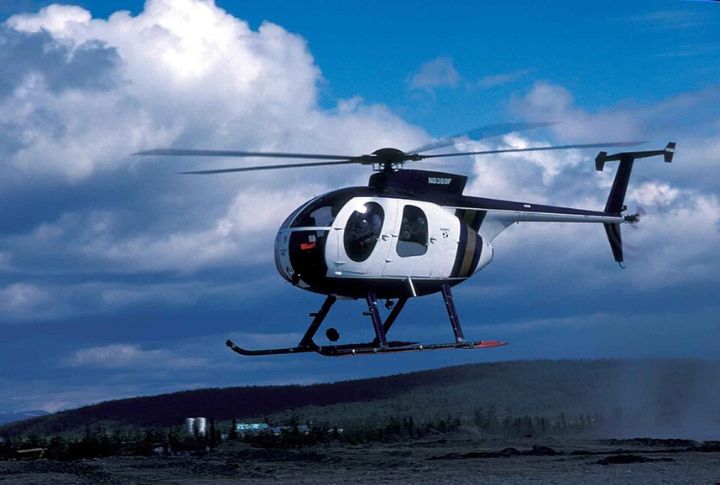
Da Vinci’s notebooks reveal a curious spiral-shaped flying machine he called the “aerial screw.” Human power alone couldn’t make it fly, yet the principle behind its rotating blade hinted at vertical lift. Centuries later, helicopters finally brought his bold idea off the page and into the sky.
Parachute

In the late 1400s, Da Vinci outlined a pyramid-shaped parachute made of linen stretched over wooden poles. He confidently wrote that a person could “throw themselves down from any great height without injury.” Too heavy to use in his time, the design was later tested and worked.
Submarine
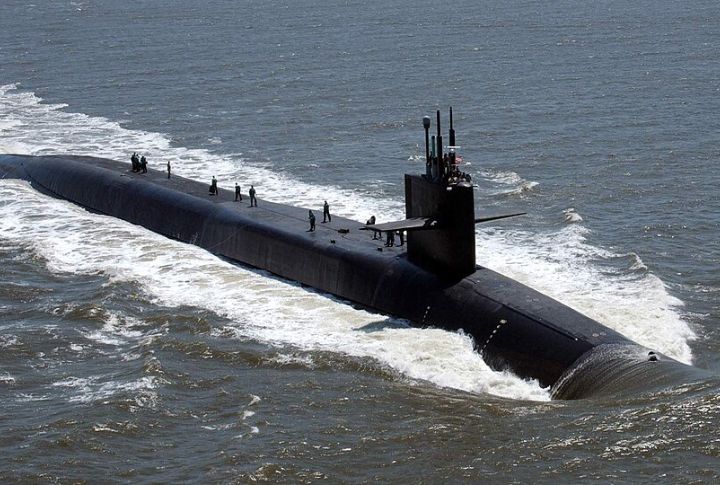
Among his hidden projects was a submarine sketch, complete with air chambers and a breathing device. But unlike other inventions, he never shared the details widely. Da Vinci feared it could bring destruction to naval warfare, so he kept much of the design secret.
Solar Power
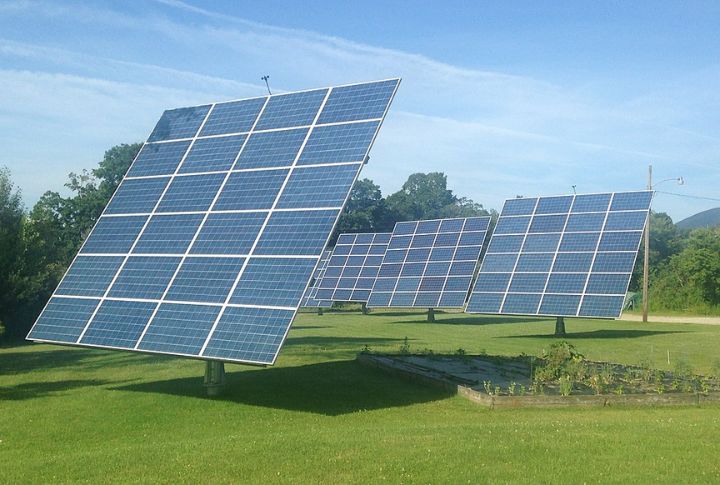
Centuries before modern solar technology, Da Vinci conducted groundbreaking experiments with concave mirrors. His innovative designs focused sunlight to heat water, yet he saw even greater potential. Subsequently, he expanded his vision to industrial uses, driven by his passion for applying natural forces to benefit society.
Humanoid Robot
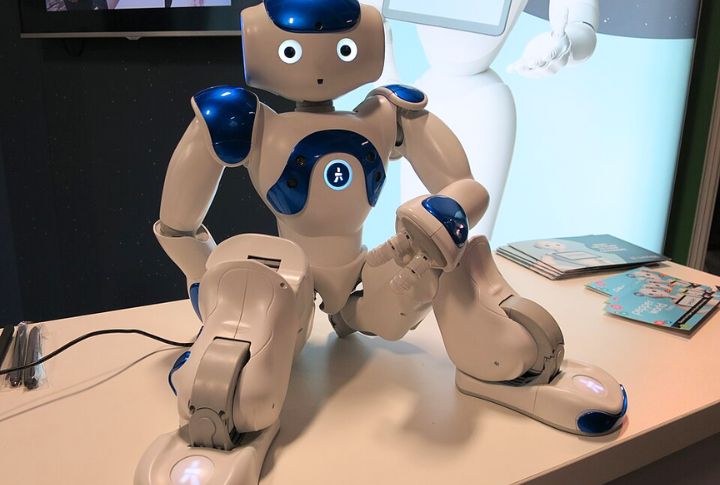
Da Vinci’s robotic “armored knight” used an ingenious system of gears and pulleys to mimic human motion. It could wave its arms and move its head, a startling idea for the 15th century. Modern engineers have rebuilt it. Today, the Da Vinci surgical robot carries the spirit of innovation into life-saving medicine.
Calculator
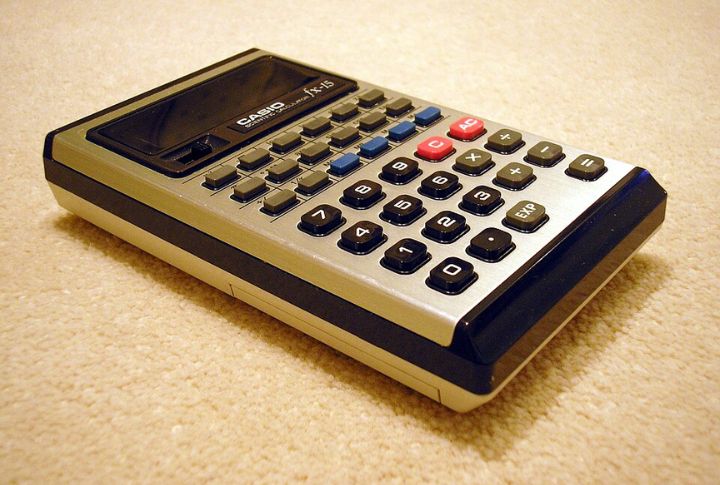
Around 1502, Da Vinci sketched a device with wheels and gears designed to handle basic calculations. The machine was never built, yet his idea predated Wilhelm Schickard’s “calculating clock” by more than a century. Those early blueprints now stand as one of history’s first steps toward computing.
Telescope
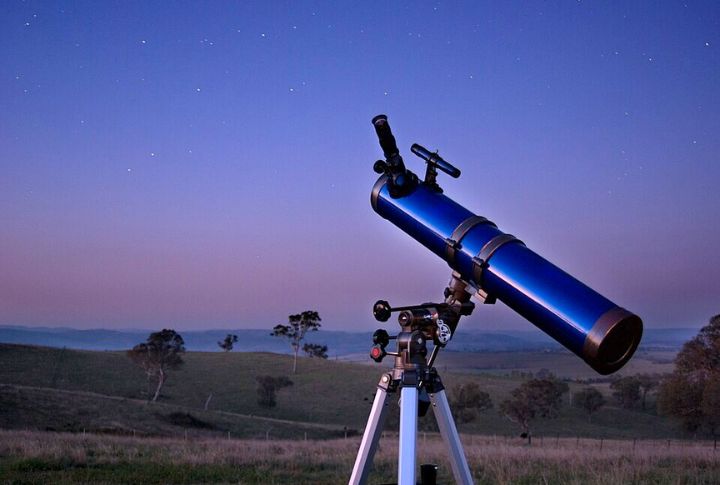
Fascinated by the mechanics of sight, Da Vinci proposed unusual devices for studying the heavens. He imagined eyeglasses for viewing the moon and even outlined equipment for grinding mirrors. Telescopes appeared about a century afterward, as his optical experiments had already anticipated their development.
Machine Gun
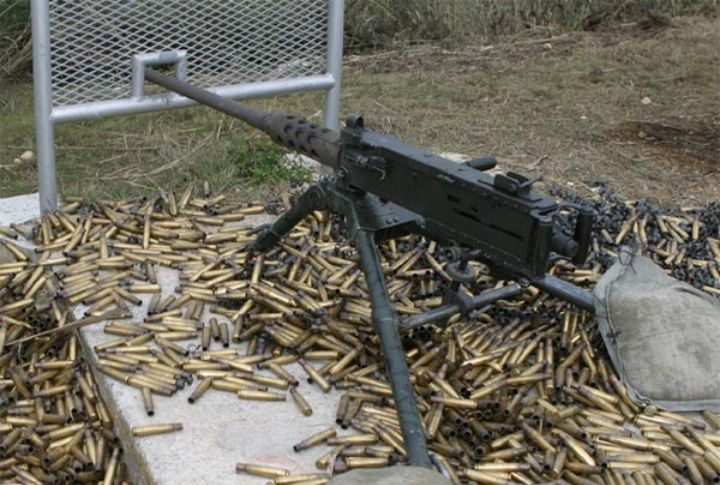
Military technology literally owes a debt to Da Vinci’s forward-thinking designs. His design for a 33-barreled “organ gun” looked like a pipe organ turned lethal. Arranged on a rotating platform, its barrels could fire in sequence, allowing for near-continuous attack.
Refrigerator

Among Da Vinci’s lesser-known contributions were his early concepts for food preservation. His notebooks suggest systems for cooling and preserving supplies, ideas far removed from the technology of his day. Though details are sparse, they align closely with later breakthroughs in refrigeration centuries down the line.

